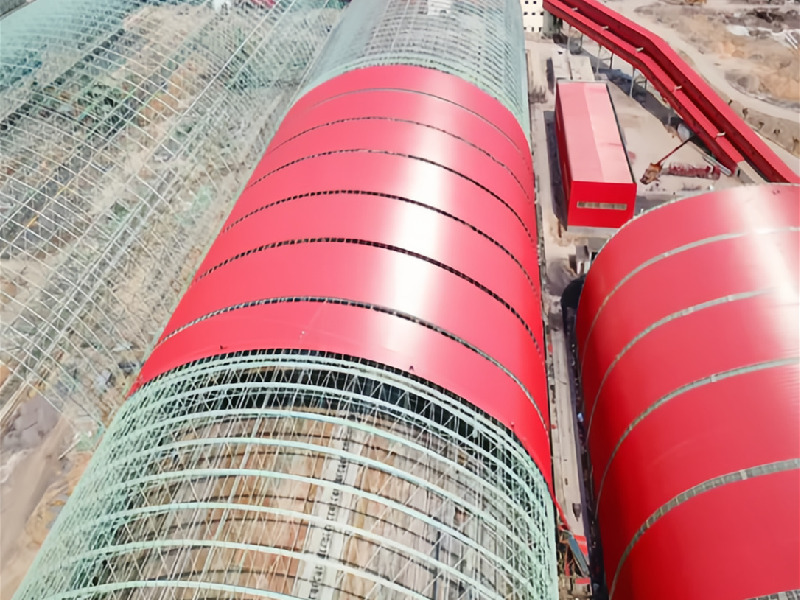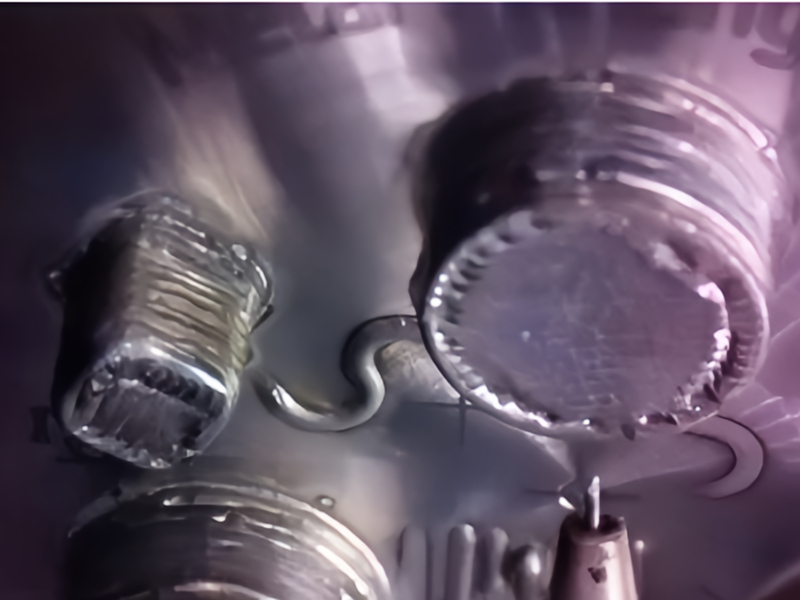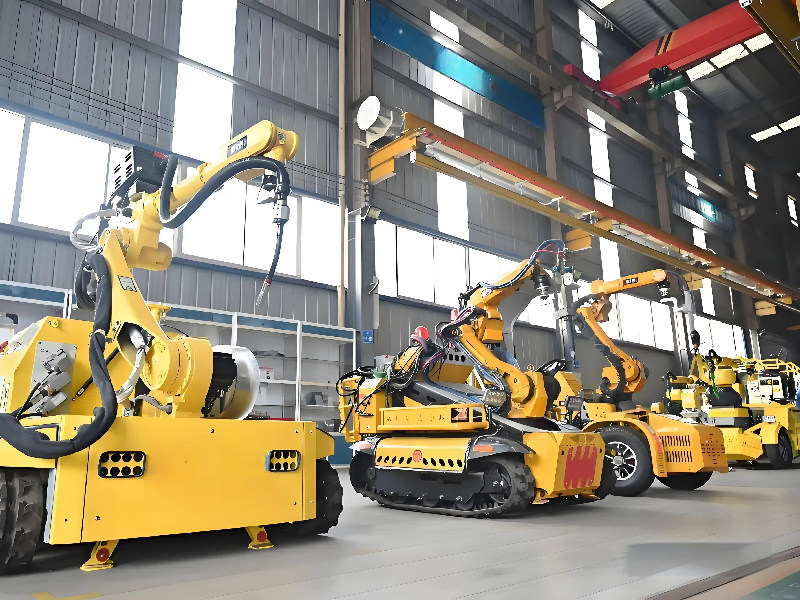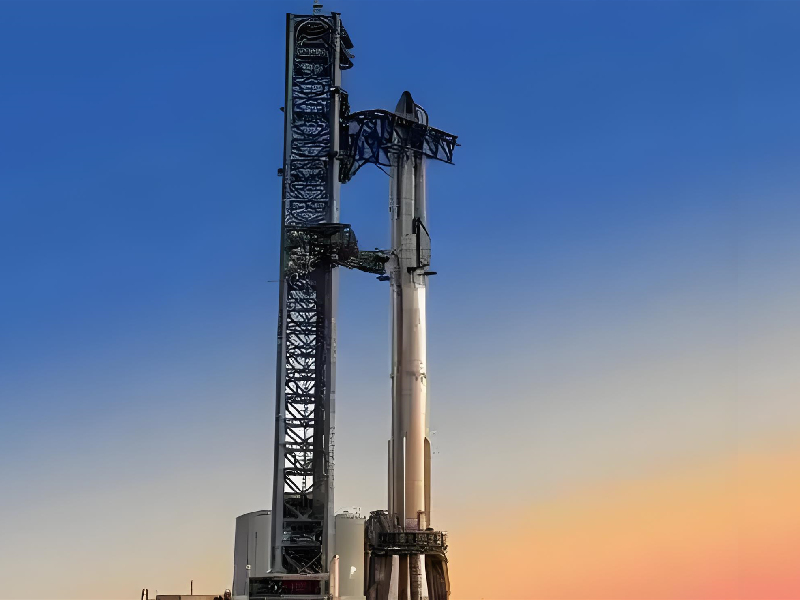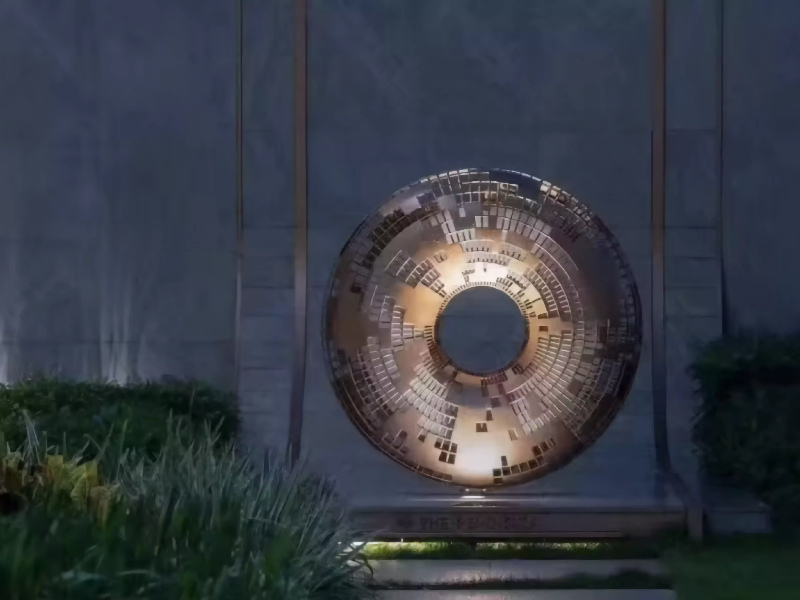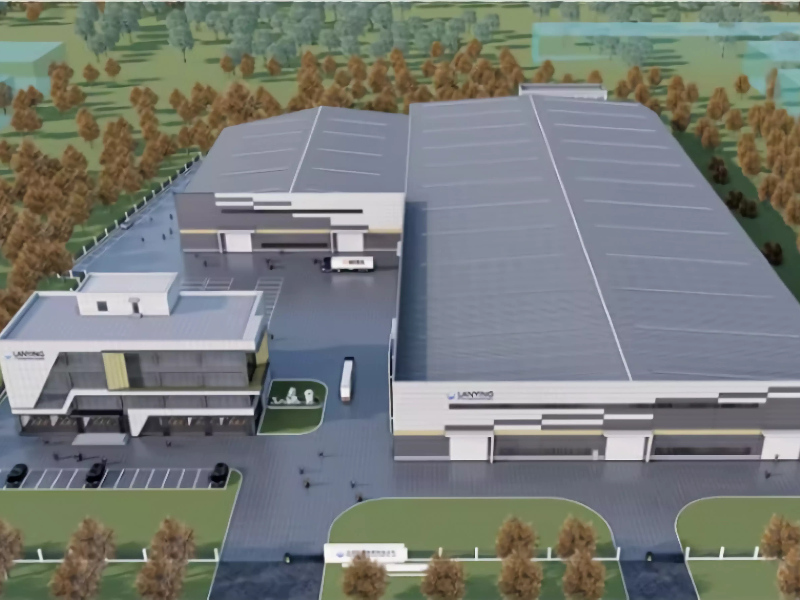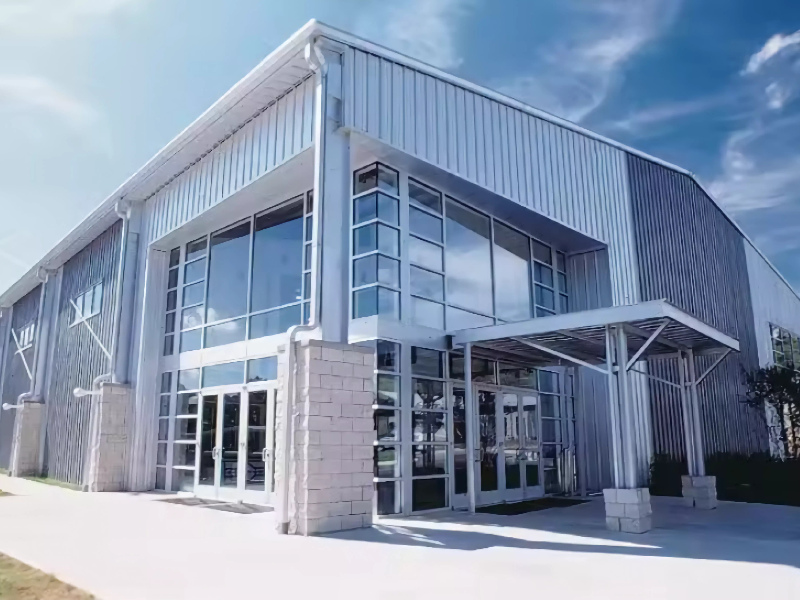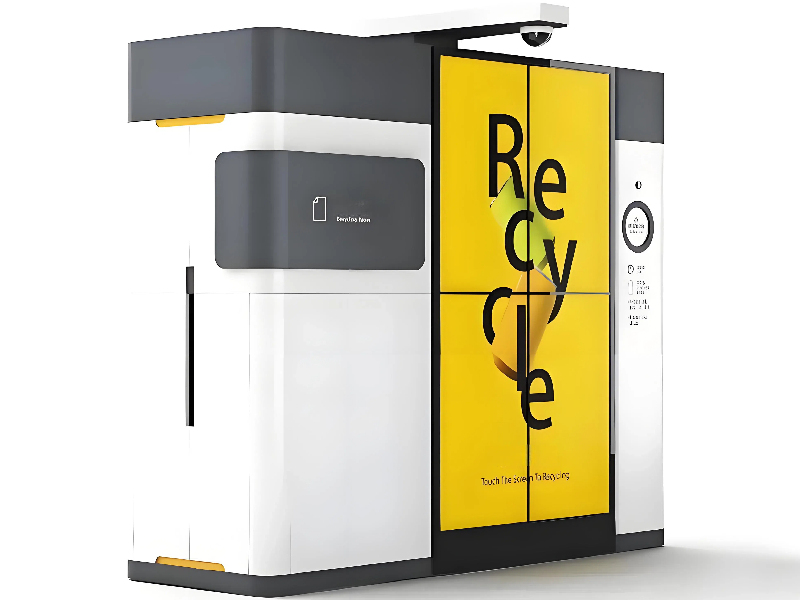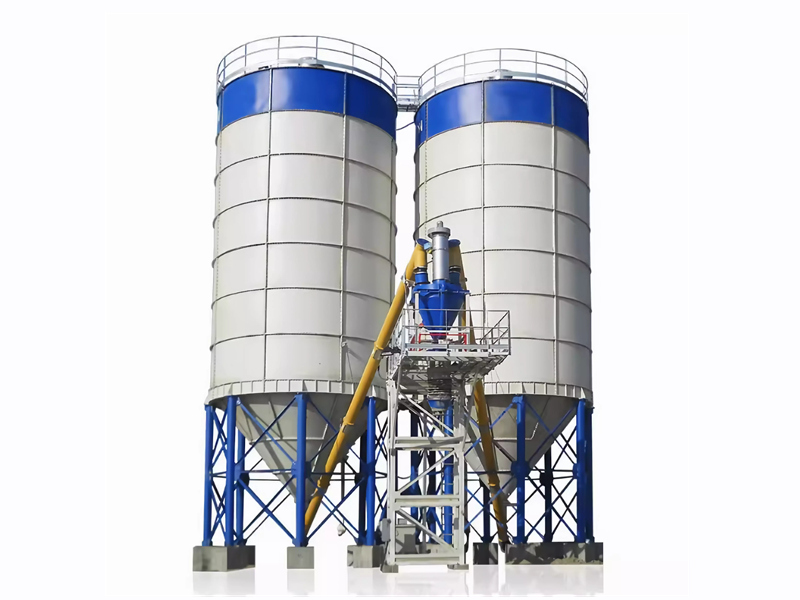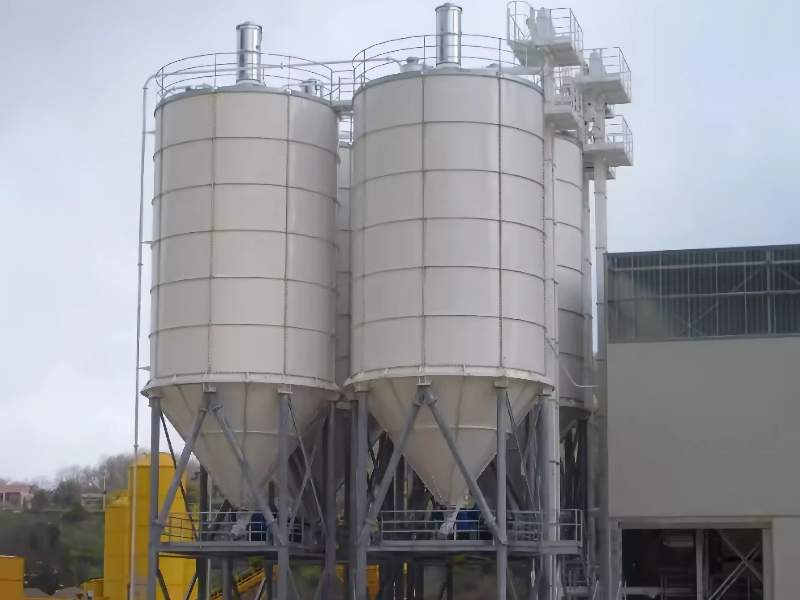Welding Robots: A New Chapter in the Industrial Revolution
Nov 05, 2024
In the realm of modern metal fabrication, welding has long been associated with high-intensity, high-risk, and highly repetitive tasks. However, with technological advancements, the advent of a new type of welding robot is revolutionizing this landscape. These robots not only free up human labor but also bring transformative impacts to the welding industry.
Designed to tackle the welding challenges of non-standard large-scale components, this new welding robot stands out. Unlike standard parts, non-standard large-scale components are complex, non-standard in shape, often produced in small batches and varieties, and are large in volume and weight, making full automation difficult. Yet, this robot breaks through these limitations, adapting to components of varying sizes, flexibly moving between tasks, reducing the need for component handling, and expanding the welding range.
Equipped with self-mobility, hydraulic positioning systems, and lifting capabilities, this welding robot not only addresses the welding challenges of non-standard large-scale components but also meets the welding needs across various industries. It can perform multiple operations after a single programming, greatly improving convenience, safety, and production efficiency. Moreover, it directly addresses industry challenges such as difficulty in recruitment, low welding efficiency, poor welding quality, and high risks associated with high-altitude operations.
Compared to traditional welders, welding robots demonstrate significant efficiency advantages. Firstly, welding robots can work continuously and stably for 24 hours, whereas human workers require rest and rotation, significantly reducing production cycles and increasing efficiency. Secondly, welding robots can work in all terrains and scenarios and can operate multiple machines simultaneously, meaning they can complete more work in the same amount of time. Additionally, the precision and consistency of welding robots far exceed those of human workers, reducing welding defects due to human factors and improving product quality.
The introduction of welding robots has profound implications for sheet metal welding service. Firstly, it enhances the overall quality of metal fabrication by reducing human errors and improving welding consistency, ensuring product reliability and durability. Secondly, the application of welding robots reduces production costs as it decreases reliance on highly skilled welders and minimizes rework and waste due to welding defects. Furthermore, the introduction of welding robots promotes the automation and intelligence of metal fabrication, advancing the progress of Industry 4.0. Amidst the diminishing demographic dividend, the emergence of these robots effectively alleviates recruitment challenges, drives corporate transformation and upgrading, and leads the industry towards high-quality development.
The intelligence level of this welding robot is impressive. It features real-time monitoring, laser positioning, automatic gun cleaning, remote control via mobile phones, and other capabilities, enabling real-time monitoring of the welding process and intelligent detection of welding quality. By utilizing the teaching program from the first workpiece, it can repeatedly weld subsequent workpieces, reducing programming efforts, and assisting technical workers on the production line in quickly completing operations such as cutting, cleaning, and oiling the welding torch, greatly enhancing operational efficiency.
Read More
